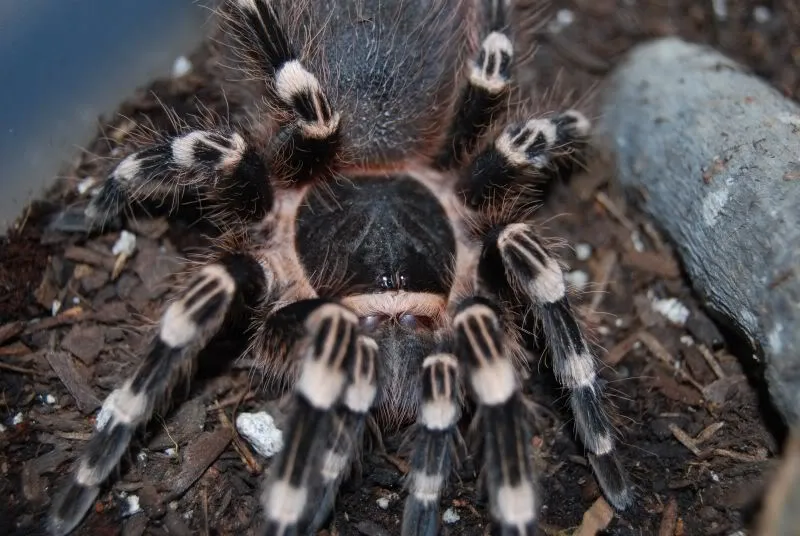Understanding the Brazilian White Knee Tarantula (BWK)
The Brazilian White Knee Tarantula (Acanthoscurria geniculata), often abbreviated as BWK, is a popular choice among tarantula enthusiasts. Known for its striking appearance and relatively docile temperament, this species originates from the rainforests of Brazil. Understanding their natural habitat and needs is crucial for providing proper care and ensuring safe handling. These spiders are terrestrial, meaning they live on the ground, and prefer a humid environment. They are opportunistic hunters, feeding primarily on insects. Knowing these basics sets the stage for a better understanding of their behavior and how to approach handling them responsibly. It’s essential to remember that these are living creatures with specific needs that must be met to keep them healthy and happy.
BWK Tarantula Characteristics
BWKs are easily recognizable due to their distinctive black bodies and white bands on their legs, resembling white knees. They can grow to be quite large, with a leg span of up to 8-9 inches, making them one of the larger tarantula species available in the pet trade. Their size and the vivid contrast of colors make them a visually appealing spider. The lifespan of a BWK can range from 10 to 15 years for females, whereas males typically live for a shorter period, about 3 to 5 years. Proper care, including appropriate housing, feeding, and environmental conditions, is critical to maximizing their lifespan and maintaining their vibrant appearance. Regular shedding is another characteristic, where they molt their exoskeletons to grow, which offers a fascinating insight into their life cycle.
Temperament and Behavior
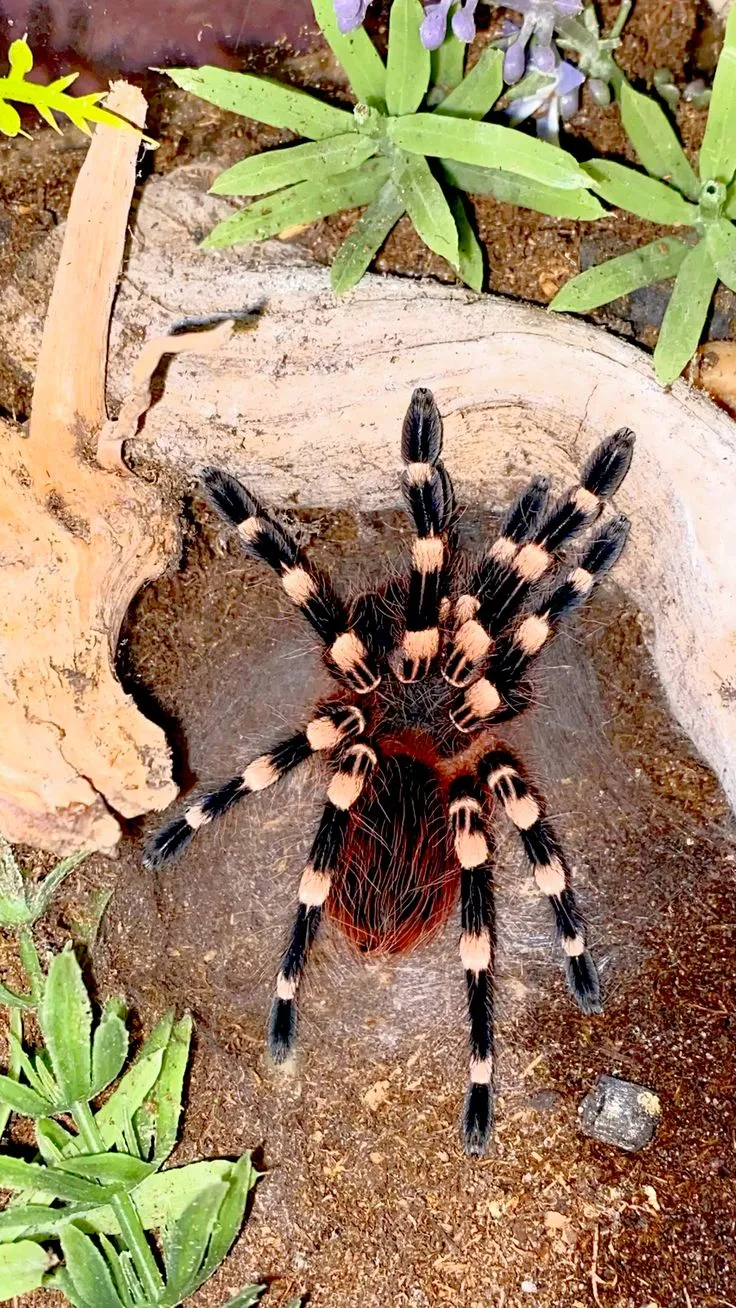
While BWKs are generally considered to be relatively docile compared to some other tarantula species, it’s important to approach them with respect and caution. They are not typically aggressive, but they can become defensive if they feel threatened. Their defensive behaviors include raising their front legs, flicking urticating hairs (tiny, irritating hairs on their abdomen), and, in rare cases, biting. Understanding their body language is vital for safe handling. They are most active during the evening and nighttime hours. A well-cared-for BWK will exhibit behaviors indicative of good health and contentment, such as regular feeding and movement around their enclosure. Any changes in their behavior should be noted, as they could indicate stress or illness.
Why is Handling Important
Handling a BWK can provide a valuable opportunity to observe their behavior up close and to build a bond with your pet. It can also facilitate tasks like enclosure maintenance and health checks. However, it’s crucial to approach handling with a focus on the tarantula’s well-being. Handling is not always necessary, and some experienced keepers handle their tarantulas very infrequently. The goal should always be to prioritize the safety and comfort of the spider, ensuring that the benefits outweigh the risks. Regular handling can also assist in the early detection of any health issues or changes in behavior that might need immediate attention.
Understanding Handling Risks
Handling a BWK does come with inherent risks. Although their venom is not considered life-threatening to humans, a bite can be painful and may cause localized symptoms like pain, swelling, and redness. Allergies to tarantula venom are rare but possible. Another risk is the urticating hairs. These hairs can cause significant skin irritation and discomfort if they come into contact with the skin or eyes. Drops and falls are a major concern, even a short fall can be fatal to the spider. It’s therefore essential to be aware of these risks and to take appropriate precautions to minimize them. Always wash your hands thoroughly after handling a tarantula, and avoid touching your face or eyes.
Preparing for Handling
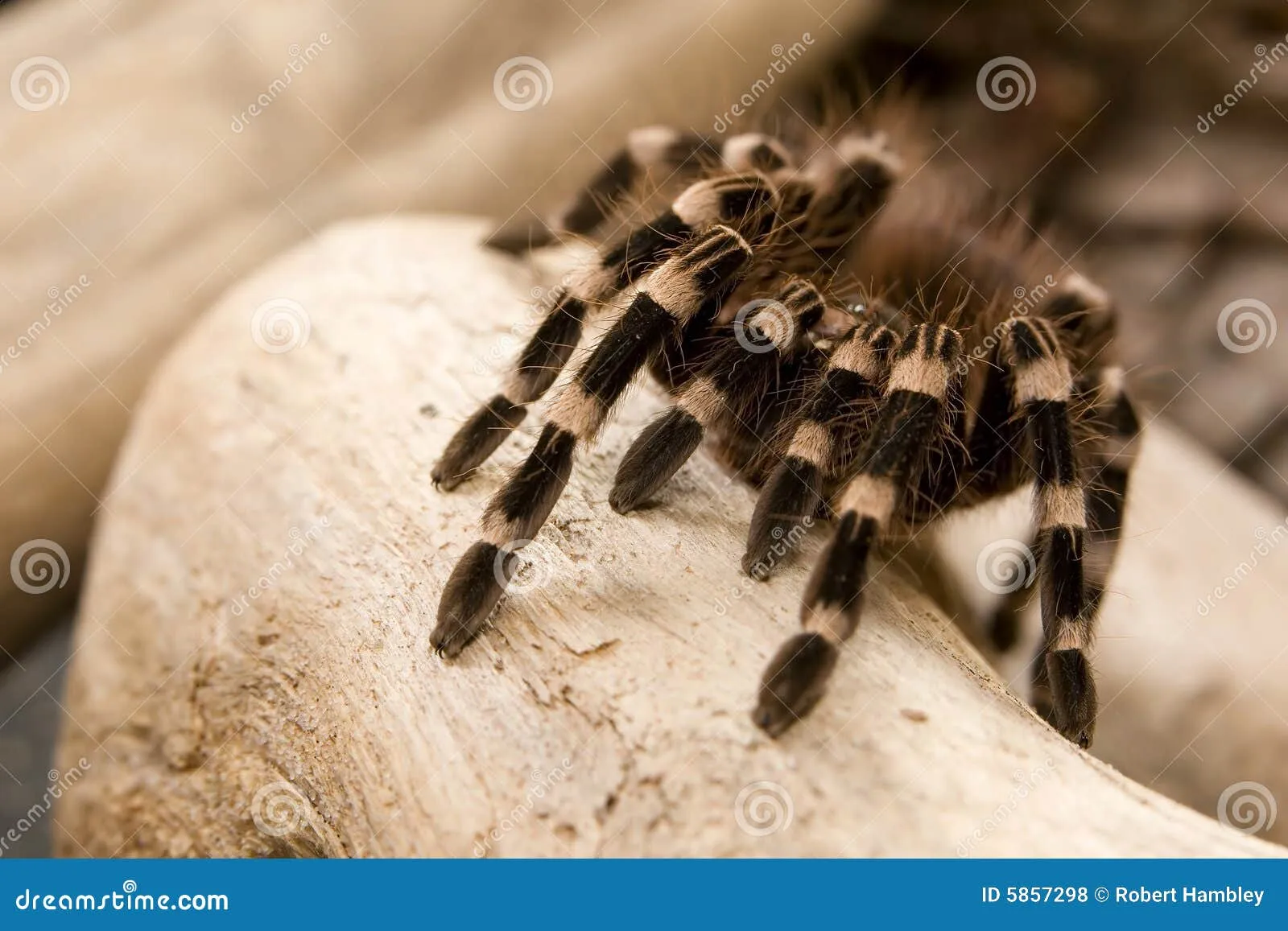
Proper preparation is key to safe handling. Before you consider handling your BWK, take time to observe their behavior. Is the tarantula showing signs of stress, such as a defensive posture? Avoid handling if the spider appears agitated. Make sure you have a clear and safe workspace, free from distractions, and potential hazards like loose objects or other pets. Handle during the day time when the spider is typically less active. Ensure that the enclosure is secured so that the tarantula doesn’t escape during the handling process. A calm and patient approach is essential to help make the process go smoothly and avoid any potential issues. Ensure everything is prepared for your spider’s wellbeing.
Essential Equipment
Gathering the right equipment can significantly enhance your safety and the tarantula’s comfort. A long pair of soft tongs is extremely useful for guiding the spider, especially during initial handling or when returning it to its enclosure. Consider wearing gloves, such as nitrile or latex, to protect your hands from urticating hairs, or potential bites. Keep a soft container ready, such as a clear deli cup or a large plastic container with a lid, in case you need to temporarily move the tarantula during enclosure maintenance. Have a secure, escape-proof area prepared in advance. These items will help to make the handling experience safer and more manageable.
Creating a Safe Environment
The environment in which you handle your BWK must be safe and secure. Choose a clean and uncluttered surface, such as a table, where the tarantula cannot easily escape. Ensure that there are no gaps or openings through which the spider could crawl away. Be sure to keep other pets, children, and other people away from the handling area to minimize distractions and potential threats. It is also important to handle in a quiet area, away from loud noises or sudden movements that might startle the tarantula. Proper lighting is important to make sure you can see the tarantula clearly. Avoid direct sunlight or extreme temperatures that could distress the spider.
The Handling Process
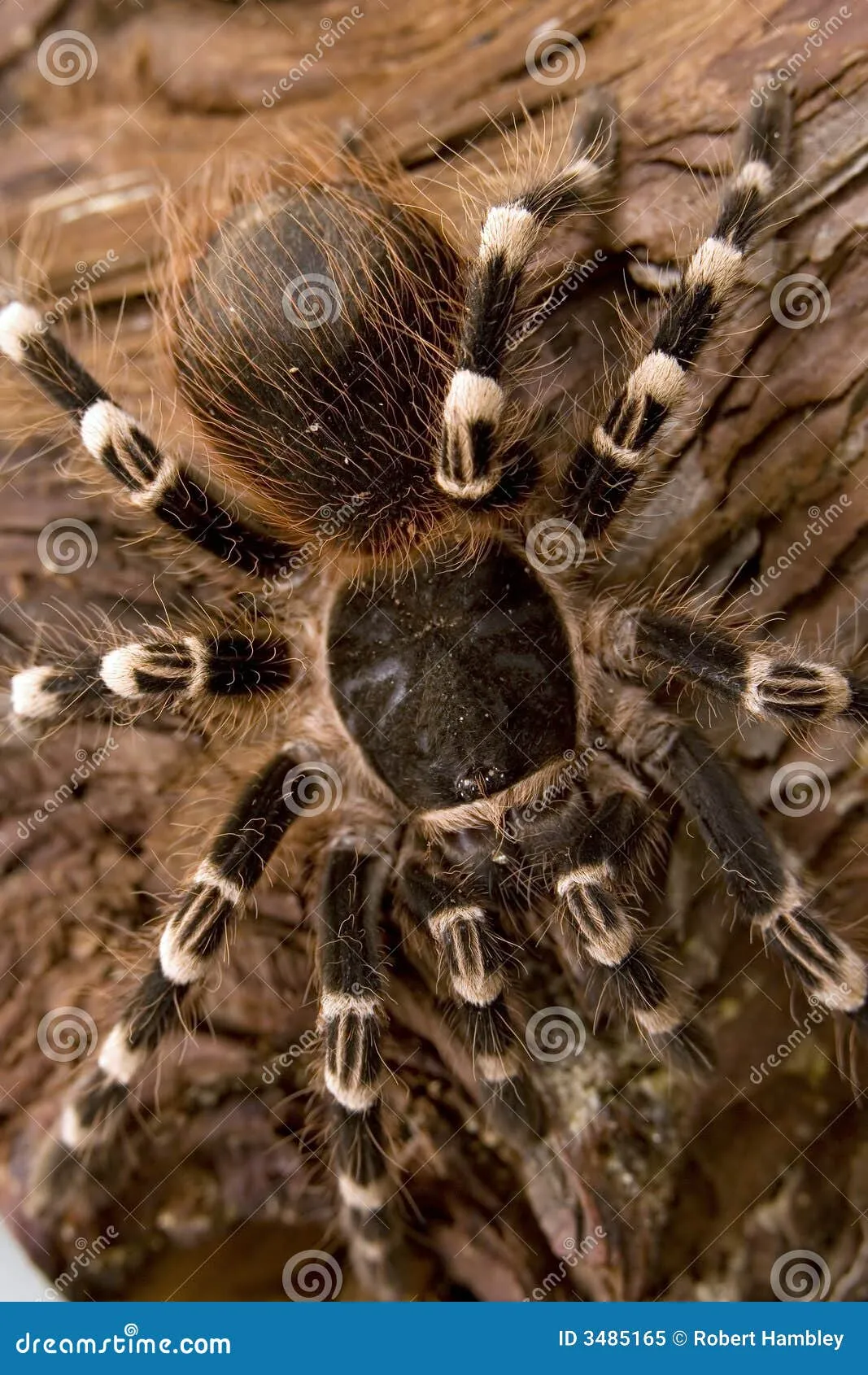
Handling a BWK should always be approached with caution and respect. The primary goal is to minimize stress for the tarantula and ensure its safety. Never attempt to grab or restrain the spider. Encourage it to walk onto your hand gently. If the tarantula appears hesitant or agitated, pause and reassess the situation. Never force the spider to do anything it doesn’t want to do. The process needs to be calm and patient. Take breaks if you feel any nervousness and adjust your approach accordingly. If at any point the spider shows signs of distress, immediately end the handling session and return it to its enclosure. Prioritize the spider’s well-being over any other objective.
Step-by-Step Handling Guide
- Prepare: Ensure your environment and equipment are ready. Observe the tarantula’s behavior.
- Approach: Slowly and calmly open the enclosure. Gently place your hand near the tarantula.
- Encourage: Allow the tarantula to walk onto your hand. Use tongs if needed to guide it.
- Support: Keep your hand close to the ground to prevent falls. Always supervise the tarantula.
- Observe: Watch the spider for signs of stress. Be patient and slow.
- Return: Gently guide the tarantula back to its enclosure using tongs, if necessary.
- After Care: Ensure the enclosure is secure after handling.
Proper Handling Techniques
When handling, avoid sudden movements and loud noises. Speak in a calm, reassuring voice. Support the tarantula’s body with both hands, allowing it to move at its own pace. Don’t attempt to pick it up. Allow the spider to walk onto your hand. Never squeeze or restrain the spider. Always keep the tarantula close to the ground or a soft surface to prevent injury in case it falls. Be mindful of the spider’s posture and body language at all times. If it raises its front legs, flicks hairs, or retreats, that is a sign of distress, so end the handling session immediately. Slow, patient and respectful handling is the best approach.
Post-Handling Care
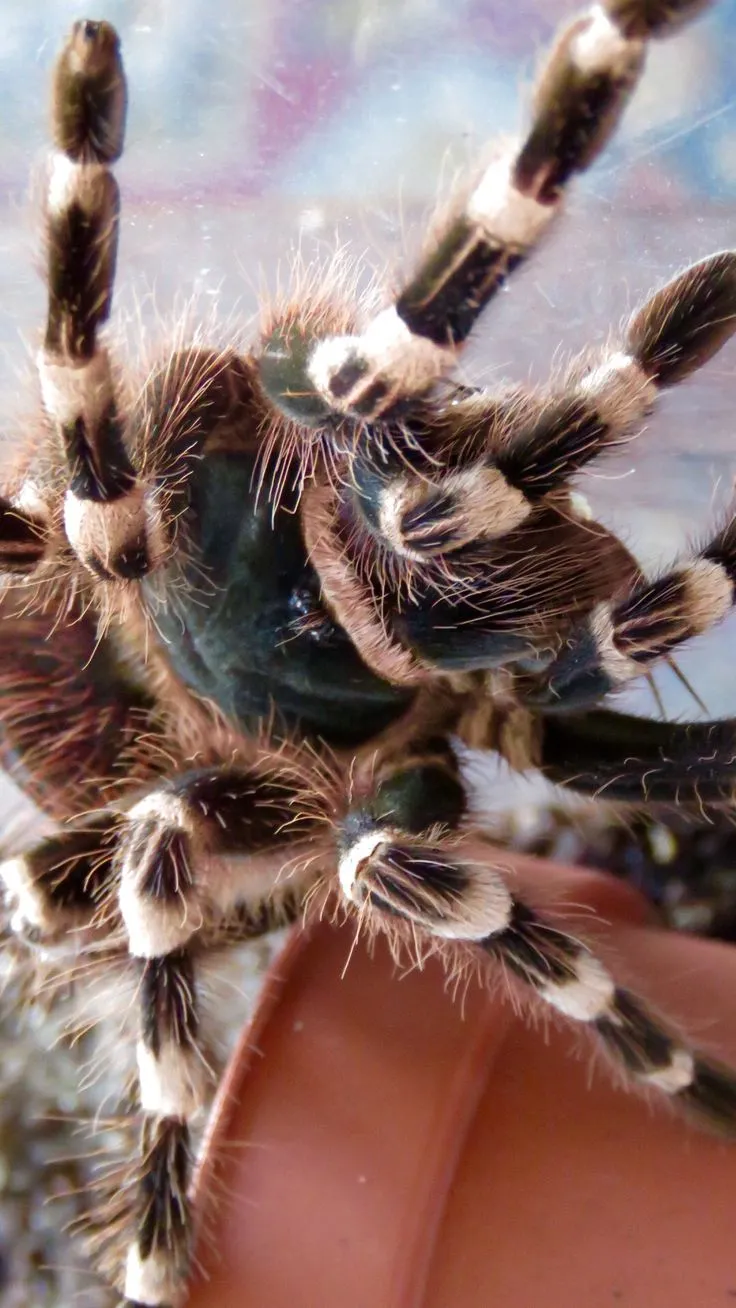
After handling, carefully return the tarantula to its enclosure. Ensure the enclosure is secure and that there are no escape routes. Wash your hands thoroughly with soap and water to remove any urticating hairs or potential irritants. Monitor the tarantula for any changes in behavior or appearance. Check to make sure there are no signs of injury or stress. Provide fresh water and food if the tarantula seems hungry. Observe the spider in the days following handling to ensure it returns to its normal behavior. Be prepared to adjust your care routine based on any changes you observe.
Returning the Tarantula to Its Enclosure
When returning the tarantula to its enclosure, guide it gently. Use tongs to coax the spider. Do not drop or force the tarantula. Once it is safely inside, carefully close the enclosure. Be sure to check the enclosure for any possible escape routes or gaps. Make sure the lid is properly secured. Observe the tarantula for a few minutes to make sure it is settling back in comfortably. Avoid disturbing the spider again immediately after handling. Allow it time to readjust to its home. The entire process should be smooth and stress-free, ensuring the tarantula’s safety and comfort.
Monitoring the Tarantula
After handling, closely monitor your BWK for any signs of stress, such as erratic movements, hiding, or refusal to eat. Watch for changes in the tarantula’s usual behaviors, such as activity level, feeding response, and general demeanor. Look for any physical signs of injury, like damaged legs or the loss of hairs. Check its overall health to ensure there are no signs of illness, such as lethargy, lack of appetite, or unusual postures. Any change in normal behavior could indicate that handling was stressful or that there’s an underlying health problem. Consult with a veterinarian experienced with exotic pets if you have any concerns.
Common Handling Mistakes to Avoid
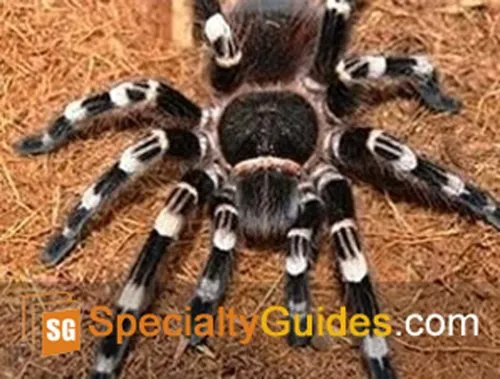
Certain actions can put your BWK at risk and should be avoided. Forcing the tarantula to be handled is a major mistake that can lead to stress, defensive behavior, or injury. Do not handle the tarantula during the molting process, as they are extremely vulnerable at this time. Never attempt to handle a tarantula after a recent feeding. Avoid sudden movements and loud noises that could startle it. Do not handle the tarantula if you are sick or under the influence of medication or substances that can impair your judgment. Any of these circumstances can be hazardous. Always be calm, patient, and focused.
Ignoring the Tarantula’s Body Language
A crucial mistake is failing to recognize and respond to the tarantula’s signals. Pay attention to the tarantula’s posture, movement, and general behavior. If the tarantula raises its front legs in a defensive posture, this is a clear indication that it feels threatened. Similarly, if it flicks its urticating hairs, it’s expressing discomfort. Ignoring these signs can result in a bite or the release of urticating hairs. Always respect the spider’s boundaries and immediately end the handling session. If the tarantula shows any signs of stress or agitation.
Forcing Interaction
Forcing interaction is a common error that leads to negative outcomes. Never try to handle a tarantula that doesn’t want to be handled. This can cause undue stress and can lead to defensive reactions such as biting. If a tarantula is reluctant to come out of its enclosure, do not force it. Instead, wait and try again another time when the spider might be more receptive. Remember, handling should be a positive experience for both you and the tarantula. If the spider does not want to participate, do not push it. Always respect the spider’s boundaries and prioritize its well-being.
Handling When Stressed
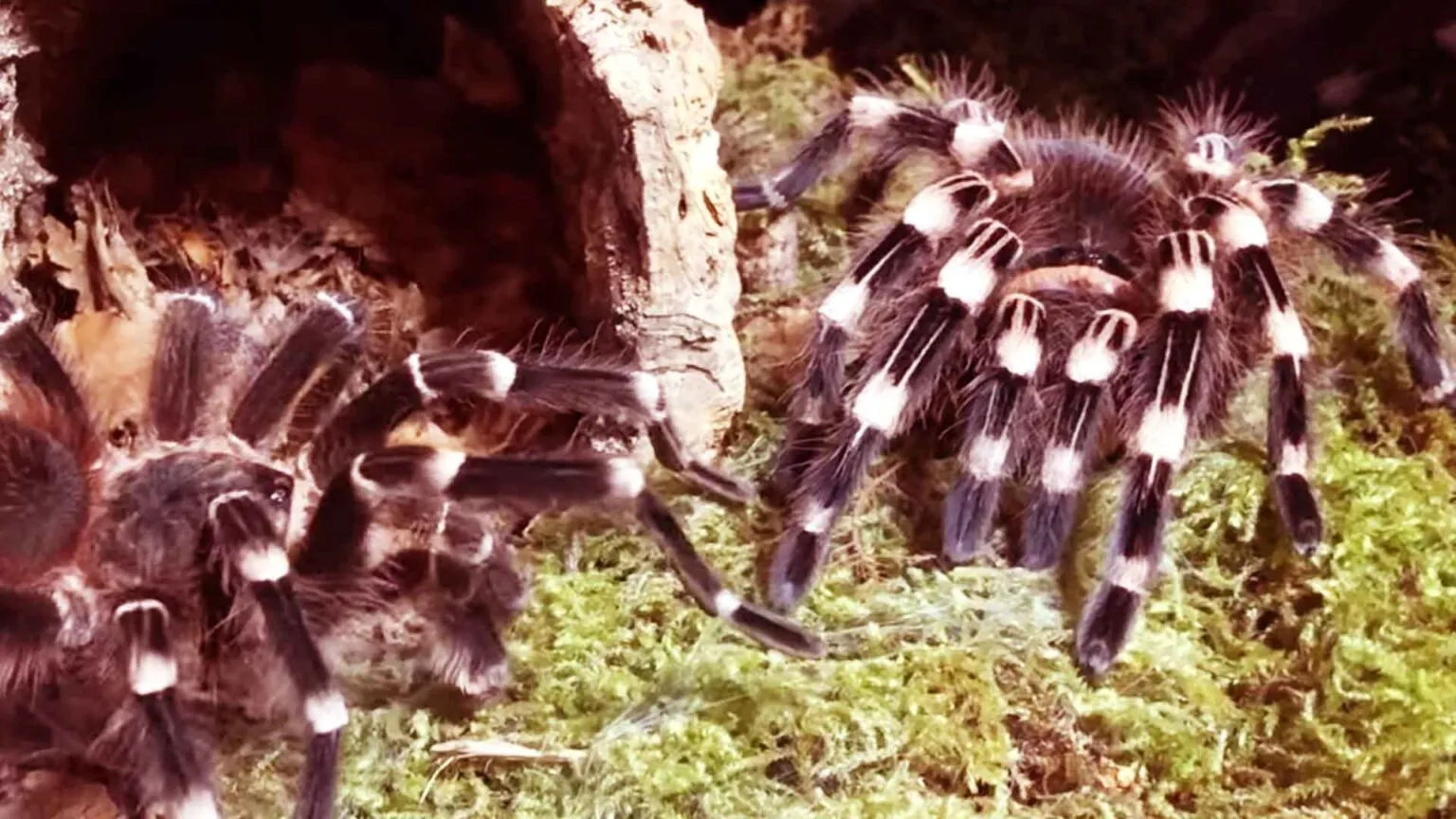
Handling a stressed tarantula is also very risky. A stressed spider is more likely to exhibit defensive behaviors. Avoid handling if your tarantula has recently been moved, recently molted, or is showing signs of distress. The best time to handle a BWK is when it’s calm and comfortable. If the tarantula is new to your care, give it time to settle into its enclosure before attempting to handle it. Always be patient, and wait until it is a good moment to handle. Handling a stressed spider is dangerous for both the keeper and the tarantula.
Alternative Ways to Interact
If handling is not your main objective, there are alternative ways to interact with your BWK. Observing your tarantula in its enclosure offers a rewarding experience and helps you understand its behavior. You can also provide enrichment activities to stimulate and entertain your pet. These include adding interesting decorations to their enclosure or offering varied feeding items. Remember that the goal is to create a stress-free environment where your tarantula can thrive. Respect its space and prioritize its health and well-being. Always choose what is best for your pet. These alternative forms of interaction can create a bond with your tarantula, without the stress of direct handling.
Enrichment Activities
Enrichment activities can provide mental and physical stimulation for your BWK. Adding varied substrate layers, such as cork bark, branches, or artificial plants, can encourage natural behaviors like climbing and burrowing. Changing the enclosure layout or adding new items at intervals keeps the environment interesting. Offer a varied diet to stimulate their natural hunting instincts. Providing different types of food can increase engagement. These enrichment activities contribute to a healthier and happier tarantula. Always observe your tarantula’s response to any changes or additions you make.
Visual Observation
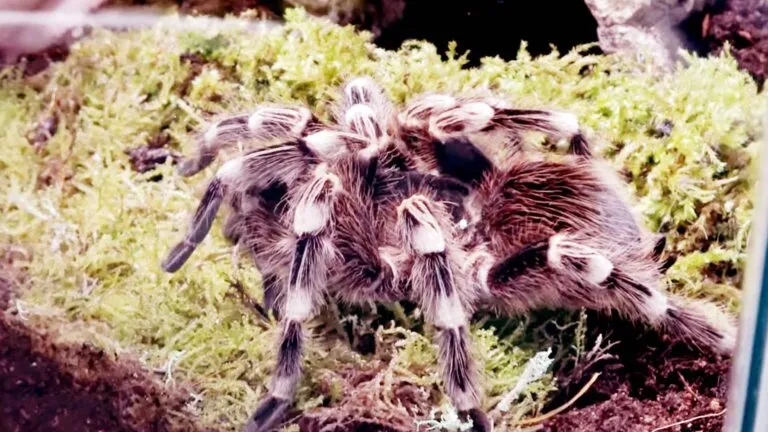
Visual observation is one of the best ways to interact with your BWK. Spend time simply watching your tarantula in its enclosure. Observing its movements, feeding behavior, and overall demeanor provides valuable insights into its health and happiness. This helps you notice any changes or irregularities in its behavior that could indicate a problem. You can learn to recognize the tarantula’s normal habits. This enables you to easily spot signs of stress, illness, or other issues. Regular observation is a low-stress way to bond with your tarantula while ensuring it’s well-being.
Benefits of Safe Handling
Handling can strengthen the relationship between you and your pet. This allows you to closely monitor your pet. Safe handling can lead to a deeper understanding and appreciation of the tarantula’s unique characteristics. However, it’s important to remember that handling is not essential for a fulfilling pet-owner relationship. Some keepers choose not to handle their tarantulas at all, and their pets thrive. Prioritizing the tarantula’s well-being over handling is crucial, and there are other ways to build a bond.
Building a Bond with Your Tarantula
Building a bond with your BWK does not necessarily require handling. Observing the spider, providing a clean and comfortable environment, and ensuring that its basic needs are met can create a strong bond. Regularly providing food and water, and cleaning its enclosure, creates trust. You can show your love by providing enrichment activities. By respecting the spider’s space and boundaries, you demonstrate that you care for its well-being. The bond should always be built on mutual respect and trust, not forced interactions.
Health Benefits for the Tarantula
Safe handling can contribute to the health and well-being of your BWK. It allows for close inspection of the spider’s physical condition, which can lead to the early detection of health issues. Checking the tarantula’s body for any injuries, mites, or infections is possible during handling. Prompt recognition and treatment of any health issues. Being able to examine the tarantula’s feeding behavior helps detect problems with appetite, a symptom of various health issues. Regular inspections ensure that the spider receives the proper care to stay healthy and live a long life.
Conclusion
Handling a Brazilian White Knee Tarantula is a rewarding experience. Always prioritize the safety and well-being of your pet. By understanding the risks, preparing properly, and adopting a patient approach, you can handle your BWK safely and responsibly. Remember to respect the spider’s needs and boundaries. Offer enrichment to enrich its life. Handling is just one small piece of the puzzle. There are many ways to connect with your tarantula. Always make sure to create a safe, healthy, and stimulating environment, ensuring that it lives a long and happy life. Responsible pet ownership is the key to a successful and fulfilling experience for both you and your BWK.
